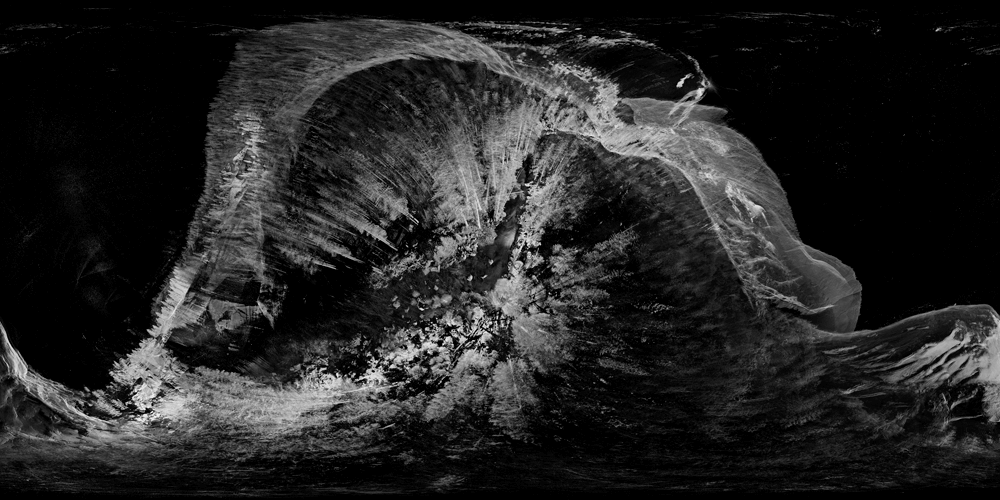Text by CLOT Magazine

The versatile nature of virtual-reality technology has been a recurrent topic of discussion for the last forty decades. To this date, the lines dividing tangible and digital landscapes are blurring, adding to the characteristic volatile, ever-changing atmosphere that shapes twenty-first-century living. Technology is crucial to everything we do, implied in socio-political, cultural, scientific and creative practices. A connective element of society –ultimate connector and cooperator– the price we’re paying for such efficacy is not to be taken lightly. The digital world raises simultaneous uncertainty and threat to information security, data privacy, health and even human independence.
Invisible Landscapes: Imagination Act (III) is an exhibit that is currently being held at London’s Royal Academy of Arts from February 2 t April 1, 2019, exploring this radical bond between the individual and technology. The exhibition calls to discover how “the virtual” transforms physicality –from human interaction to our cities and future landscapes– and vice versa, through a series of workshops and experiences held at the RA’s new architecture studio. An invite to interdisciplinary collaboration, it showcases a multitude of projects, from film to immersive installations, by four different practices: Gilles Retsin Architecture, ScanLAB Projects, Keiichi Matsuda, and Soft Bodies.
At CLOT Magazine, we were already familiarised with ScanLAB, who we had the opportunity to interview last year. A pioneering creative institution founded in 2010 by designers and technologists Matthew Shaw and William Trossell, they specialise in digital alteration of pre-existing mediums, designing re-assembled ‘online environments’, replicas and immersive installations. Accompanied by the belief that 3D scanning is the future of photography, they have produced a portfolio of work –often of valuable sociologic weight– and collaborated with a varied portfolio of clients, including such as The Guardian, The New York Times and BBC.






